It takes equal parts clarity and courage for senior living operators to leverage new technologies effectively. Not only do early adopters face industry stigma, they have to be willing to spend money — lots of money — on cutting-edge solutions that may end up failing.
“You’re gonna make mistakes,” said Stephanie Harris, CEO of Arrow Senior Living, in a discussion at SLIF in Austin, Texas. A decade ago, her company invested roughly $1 million in hardware that’s already obsolete, made by a company that doesn’t exist anymore. “As I walk through those communities, I just cringe to think, ‘What a terrible decision.’ But it paved the way for much better decisions.”
Harris was joined by Brian Geyser, Chief Clinical Officer of Maplewood Senior Living / Inspīr, in a conversation moderated by Delight by Design founder Sarah Thomas. As they discussed what it takes to make those better decisions, they agreed that operators need a clear view of the problems they’re trying to solve, what it will take to move the needle, and which failures they can plan for. “Innovation is really tough,” Geyser said. “It's timely, it's costly — but you just have to be willing to take that risk.”
Finding the Right Partner
Operators can mitigate the risk by finding the right vendor partners. Generally, that means companies who understand your organization and the challenges you face. “We get approached by a lot of vendors who think that they have a very interesting solution, but it's not a problem that we're trying to solve,” said Geyser. “It really has to solve an immediate problem, and then it has to be something that we can implement quickly and at a reasonable cost.”
In Harris’s experience, younger companies with room to grow — and flexibility in how they grow — tend to make for the best partnerships.
“A lot of times, vendors will enter our space trying to solve a problem that's not so important, but their technology is capable of doing something just a little bit more that would be far more impactful,” she said. “We like to partner up to the point that it feels like we have a seat in each other's offices, coordinating and sharing information, problem-solving, looking for different ways to utilize the technology.”
Geyser agreed, noting that the most effective technologies are often the product of a true, close partnership between provider and vendor. “If they have an interesting solution — if they're very smart, willing to be flexible and work with us on innovation model development and pricing — then we might be willing to sit down with them and co-develop a product together.”
Putting a Team Together
Applying this collaborative mentality throughout the provider’s organization is equally important. As the panelists argued, successfully leveraging technology takes a village: leaders set the vision and guide the process, but they need a broad diversity of input to do it right.
“If you're gonna do this kind of stuff, you have to have an innovation council, a kitchen cabinet,” Geyser said. “It should include legal ops, clinical, and leaders across different departments within your organization — you can’t just have a single person that does this. It’s never going to work.”
As Harris explained, Arrow Senior Living recently incorporated a hackathon into its annual retreat, with 14 internal teams submitting their own ideas for the company’s “next big thing.” The result was an app that’s already solving Arrow’s staffing crisis. “We couldn’t find the right fit with the right vendor,” she said. “So our team just built it themselves.”
She also stressed the importance of breaking down internal silos and empowering different departments to tackle problems together — like when Arrow’s marketing team recently offered some valuable ideas to the company’s development efforts. "If you don't include the team in the decision-making, the problem-solving, I think you lose on the implementation side,” she said. “That becomes a real disconnect.”
Another important reason to seek feedback from across the organization is that your employees are often the first to know when something isn’t working. “If the pilot gets through to the phase where you're implementing in a building, and within a couple of days your staff are pulling their hair out, that’s a huge red flag right there,” Geyser said. “Rather than keep trying to push it and ram it down their throats, you just pull the plug, eat the cost, and move on.”
Making It Count
One of the trickiest aspects of deploying innovative tech is measuring ROI. Maplewood recently partnered with Rendever to incorporate a VR experience in its communities, which Geyser described as a massive success — but not the kind you can easily put a number on. “How do you measure the ROI of joy and happiness?” he asked. “There's an incredible amount of value that's created in many of these products that's very difficult to quantify.”
Harris approached the question from another angle, describing a distressed company she consulted with whose $125/month tech spend was entirely on non-clinical tools. “If you don't have clinical solutions at the core of your tech spend, that's a missed opportunity,” she said. “We're closer to $175/unit. But what we get on the other side is an average of about a six-month longer stay. That, to us, is enough of a return on investment.”
As Thomas pointed out, maximizing ROI also means minimizing redundancies. “When you’re analyzing the landscape of what people are investing in, often they haven’t looked at the whole suite that they’ve selected along the way,” she said. “So they don’t realize they have duplicate systems.”
"So you mentioned Cubigo (a technology partner of Arrow Senior Living), I've helped implement them before. Why have a separate POS system when in your resident engagement platform, you can have a module that has a POS system so that you’re actually capturing that revenue? Those are things we need to start looking at so that it’s across a continuum and serving the whole experience." 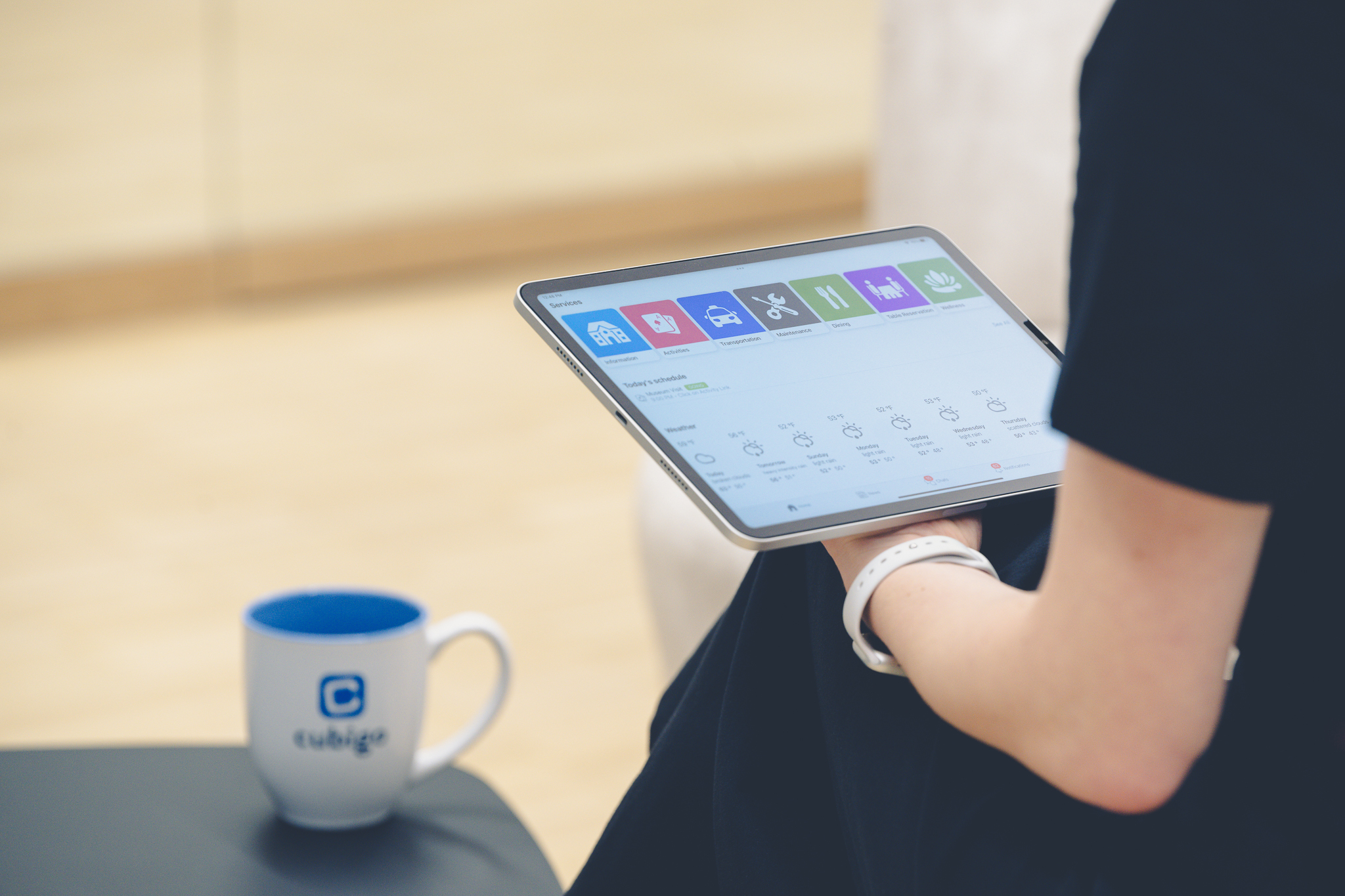
Making the Building Part of the Care Team
Looking to the future, the panelists were especially excited about the potential for big data technologies to transform care delivery. Maplewood recently implemented an AI system from Inspiren that combines machine vision, edge computing, and sensors to make residents’ apartments “a part of the care team,” as Geyser put it. The system passively monitors the apartment 24/7, notifying caregivers of any potential events that require their attention — like the resident getting out of bed in the middle of the night.
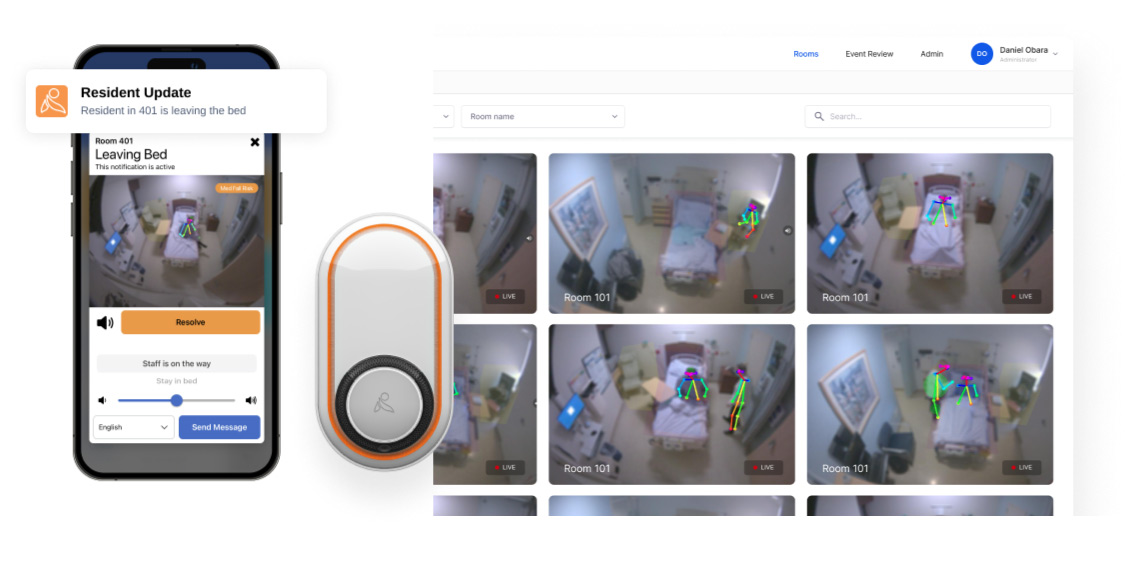
AUGi by Inspiren
Not only does this allow Maplewood to perform rounds non-disruptively, it also provides a wealth of insights into staff activity. “In our New York City building, we have 24 floors, five of which are memory care,” Geyser explained. “Anytime I want, I can look on my phone and see the third floor is very high care-intensity. Then I can drill into that and say, ‘The reason is because these two residents are taking up an immense amount of caregiver time.’”
“The amount of data and information it's serving us 24/7 is just incredible,” he continued. “For the first time, we actually have tools at our disposal that can help us reduce our staffing, or give our staff the information they need to prioritize who needs to be cared for. It's really quite incredible.”
“We Can Help”
The panelists wrapped up with a few simple words of advice for operators looking to invest in innovative new technologies.
“Understand the environment,” Harris offered. “Move in for a little while, experience what it’s like. I know many operators have that experience, but how many vendors have had that opportunity?”
Geyser reiterated the importance of approaching the task collaboratively. “Put together that council and reach out to folks in the industry that are doing this all the time,” he concluded. “We can help save you a lot of time and headache.”

Posted by
SLIF heads to Carlsbad!
The One of a Kind Retreat for Senior Housing Leaders.
May 31 - June 2, 2026 | Carlsbad, CA
Learn More

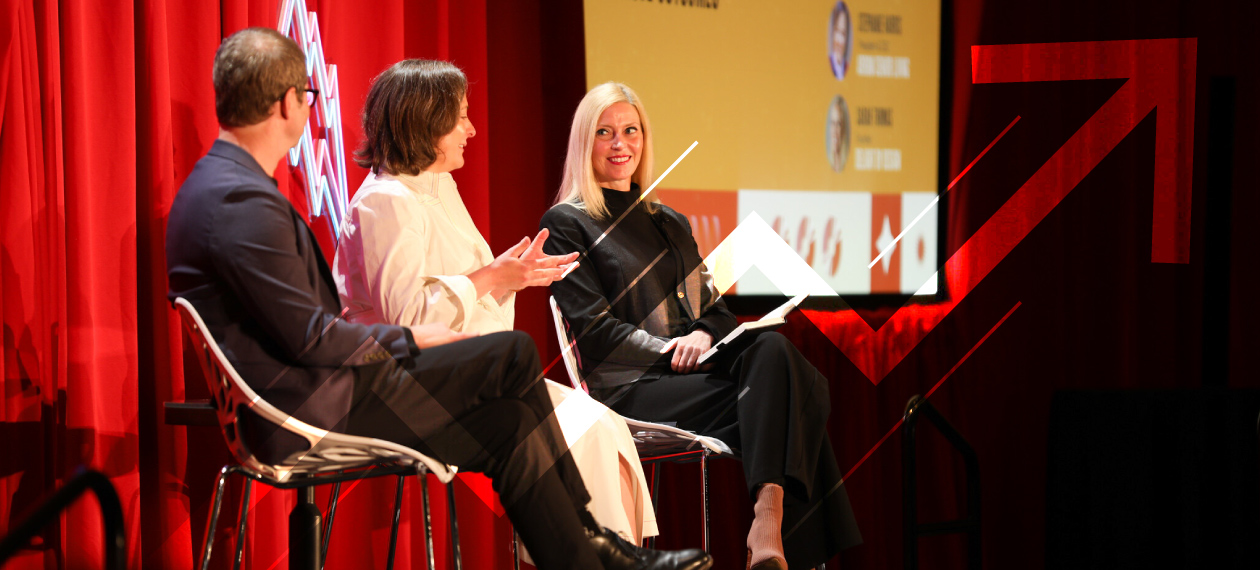


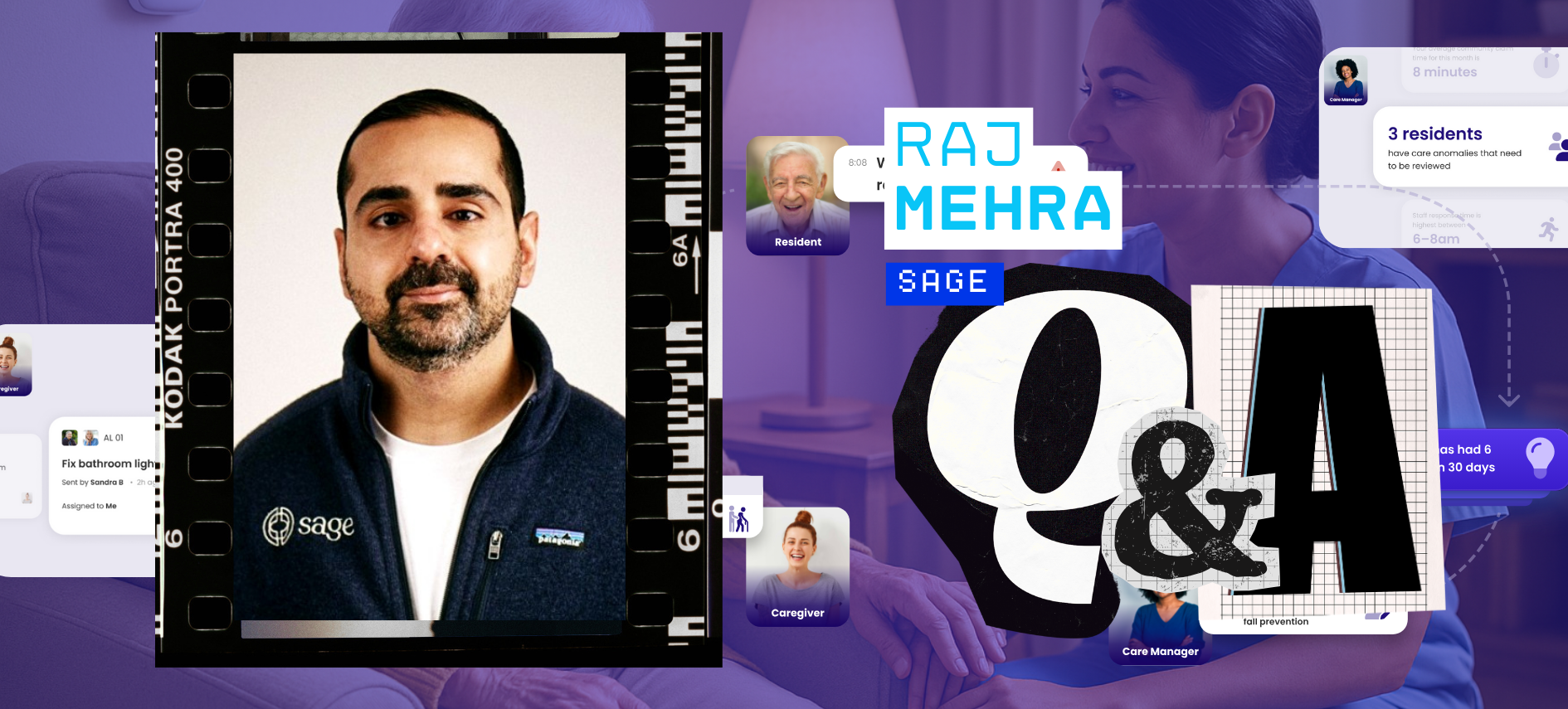


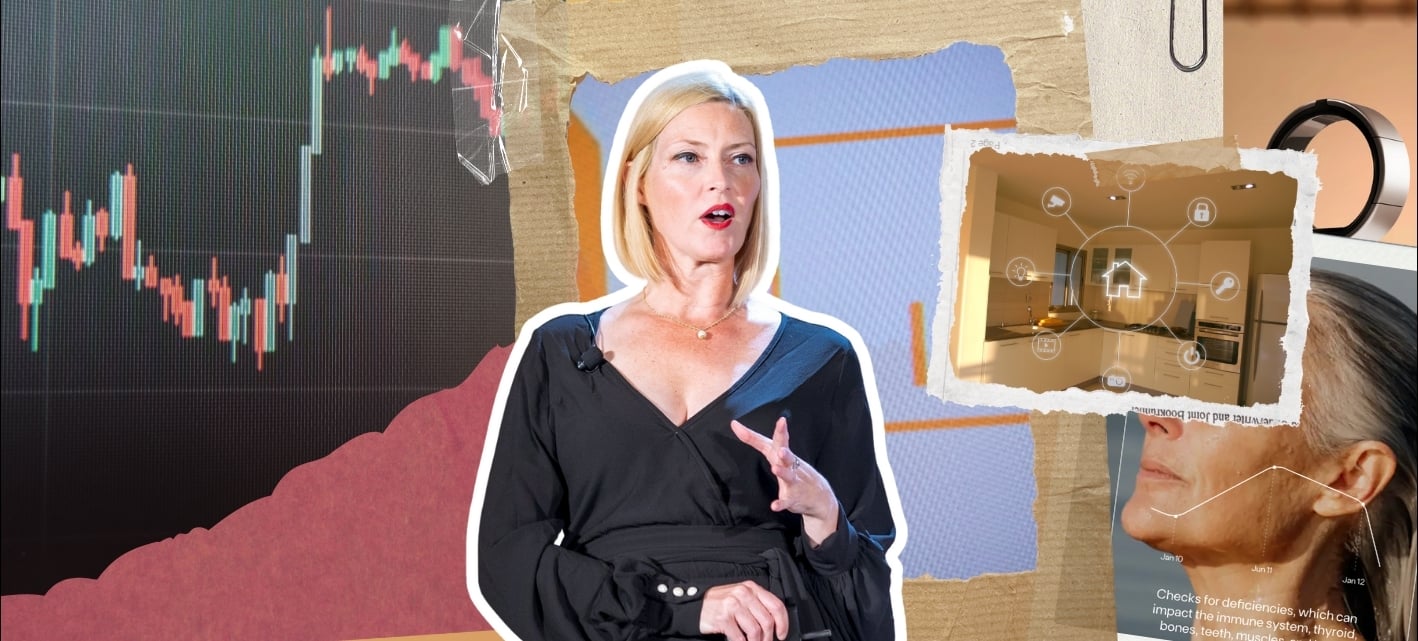

Comments